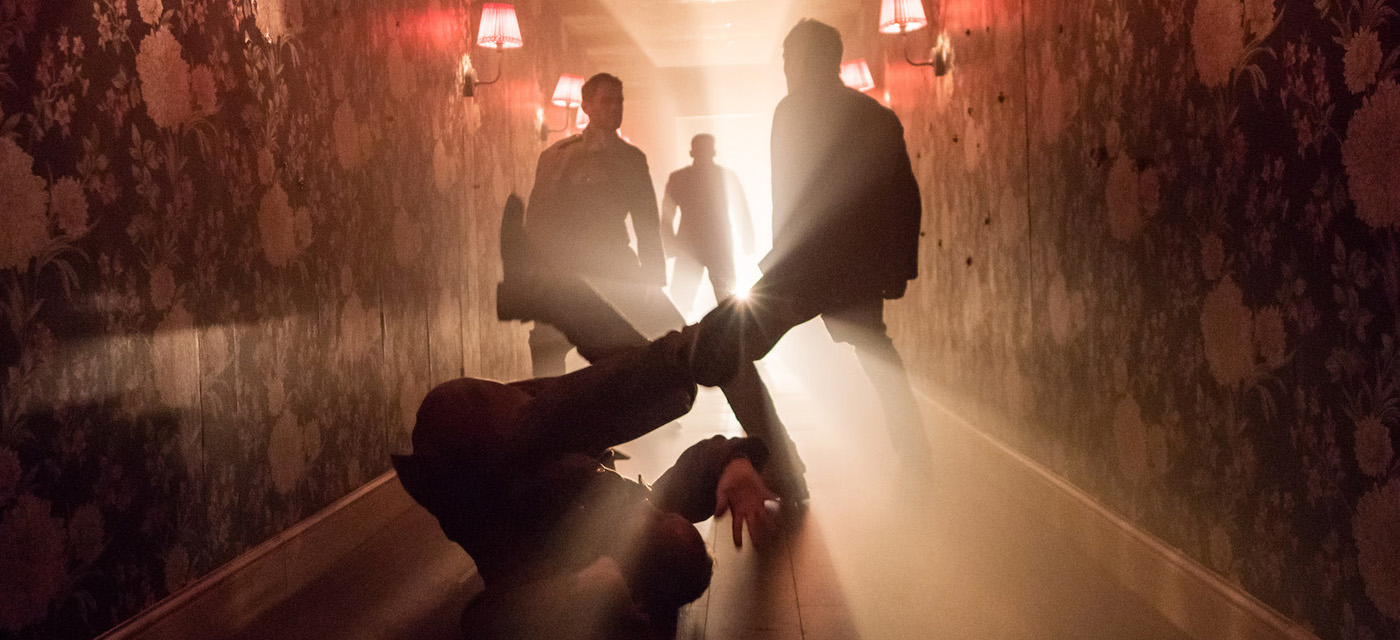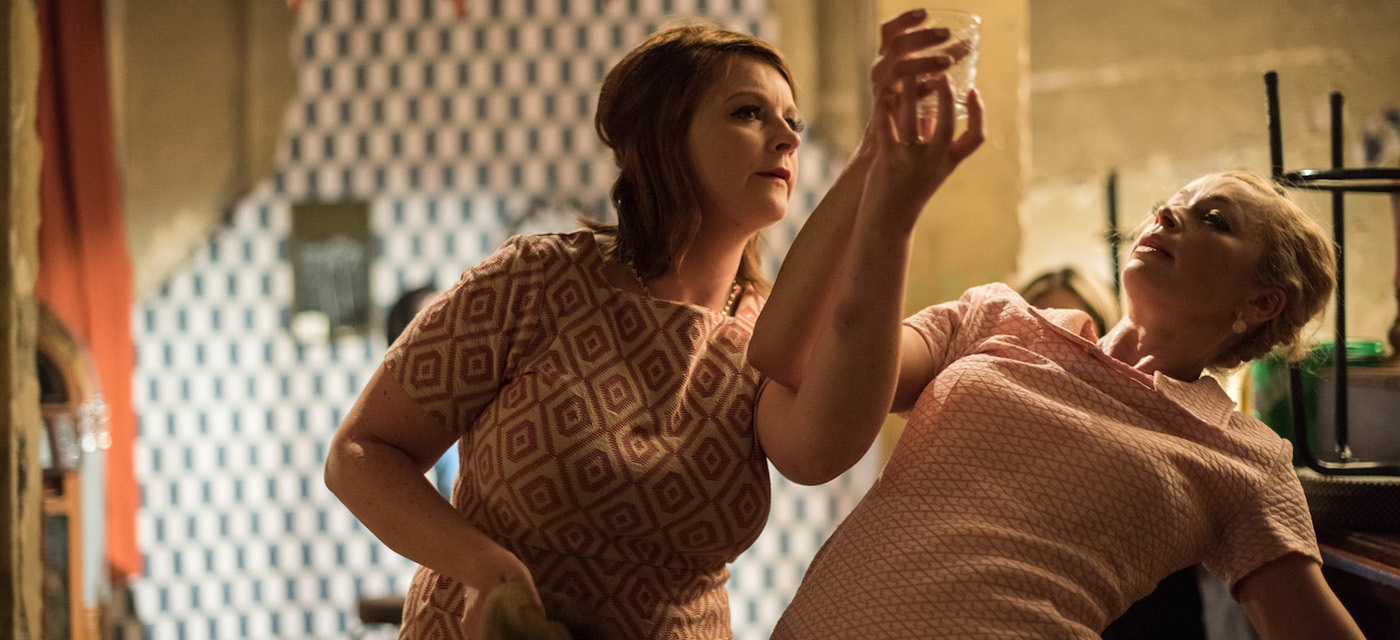The Battle for North King Street, 28–29 April 1916 by Military Historian Lar Joye
Throughout the 20th Century, wars killed more civilians than soldiers as the impact of machine guns, artillery and aerial bombardment levelled whole cities. The 1916 Rising in Dublin was no different and 54% of the 500 deaths that occurred were those of civilians who found themselves suddenly in the wrong place at the wrong time. Their story has long been overlooked and it is essential, 100 years later, to reflect on what happened to them, how they died and the impact on those who survived.
Though 100 years have passed, the events of North King Street are still not agreed upon. As you would expect from a six-day rising that destroyed most of the north inner city, hard facts about these days are difficult to find. By the third day of the Rising on 26 April, the British Army had figured out that the rebel headquarters was in the General Post Office (GPO). They now focused all their energy on attacking that building and the surrounding area, forcing the rebels to evacuate the GPO on Friday 28 April and relocate to Moore Street. Other parts of the city became quieter as the British Army stopped attacking rebel positions. However, the army did carry out attacks along North King Street during the last two days of the Rising, causing the deaths of many civilians.

With the exception of Mount Street, where the Sherwood Foresters were so successfully ambushed by the rebels, this was the most violent clash of the Rising and the one with the most civilian casualties. Most of the British Army regiments fighting in Dublin were Irish, but like the Battle of Mount Street, the soldiers involved at North King Street were English, sent to Dun Laoghaire to suppress the Rising on Wednesday 26 April. The regiment involved was the South Staffordshire Regiment, consisting of men living near Birmingham and led by Lieutenant Colonel Taylor. In attacking the rebel buildings and barricades at the back of the Four Courts, there were five officers wounded, 11 noncommissioned officers and men killed, and 28 wounded. However, unlike the Sherwood Foresters, these soldiers are believed to have killed 15 civilians in the area over the last two days of the Rising, in response to these casualties.
There was an investigation into the matter after the Rising but it was argued that, due to the ‘fog of war’, it was impossible to figure out what had happened—whether rebels or soldiers might have killed the civilians. General Sir John Maxwell went further and defended the soldiers but blamed the civilians for the deaths as they had been told to leave the area, and he believed many to be Sinn Féin sympathisers. Unlike the Royal Commission investigation into the shooting of three journalists in Portobello Barracks in Rathmines, there was no public enquiry into these deaths.
100 years later, These Rooms looks at the events afresh, bringing alive the horror of the fighting during the 1916 Rising and its impact on the civilians on North King Street.

The events and characters are based on historical archive material including the testimonies of the 38 women who took part in one of the government enquiries and extensive research in Ireland and the UK.
Find out more at www.theserooms.ie
ANU & CoisCéim Dance Theatre These Rooms UK Premiere by David Bolger, Owen Boss & Louise Lowe.
Images: ANU & CoisCéim Dance Theatre: Niamh McCann, Justine Cooper & Robbie O’Connor in THESE ROOMS by David Bolger, Owen Boss, Louise Lowe. Photo by Hugo Glendinning
Co-commissioned by 14-18 NOW: WW1 Centenary Arts Commissions, LIFT 2018 & Shoreditch Town Hall. Supported by Culture Ireland as part of GB18: Promoting Irish Arts in Britain.
These Rooms runs at Shoreditch Town Hall until Friday 22 June 2018.
